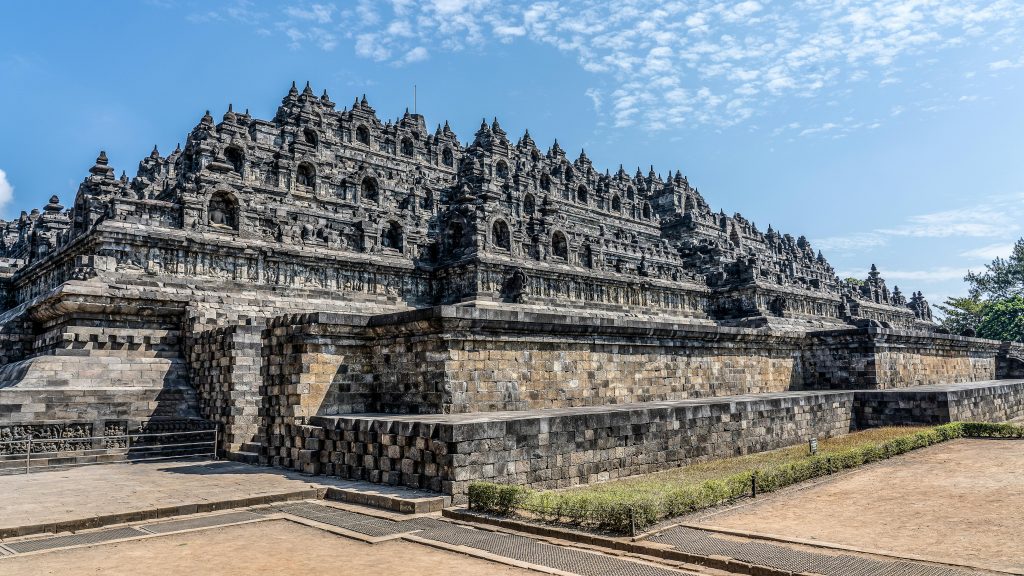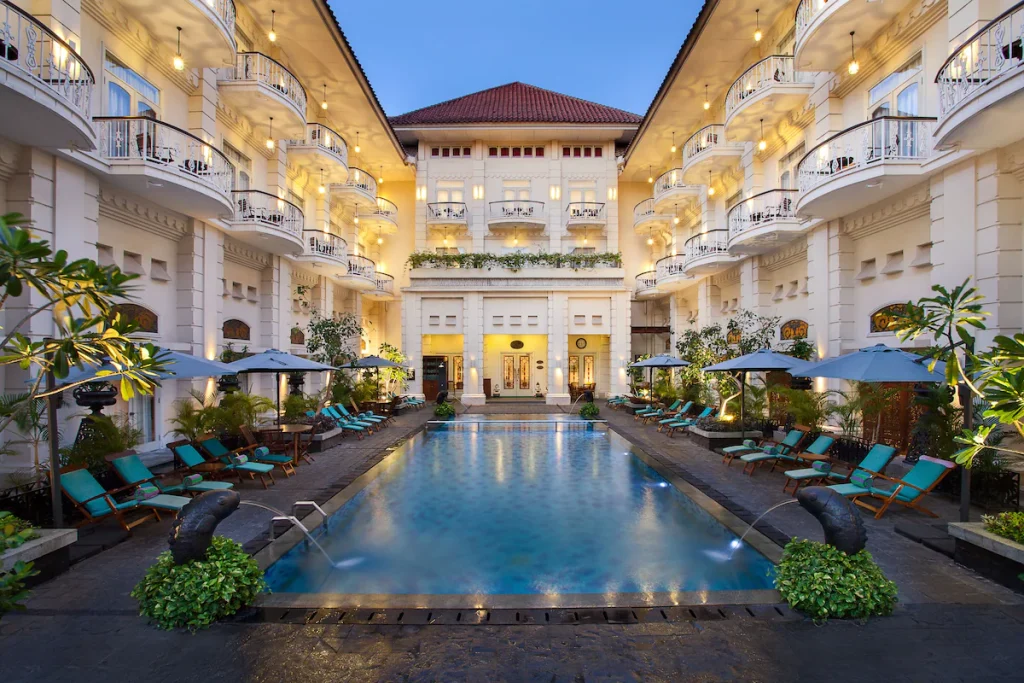Prambanan Temple: Myth, Architecture & Sacred Stories
Some temples shelter history. Others awaken something inside you. Prambanan Temple, or Candi Prambanan, is the latter, is a place where legend and stone entwine. Rising gracefully from the plains of Yogyakarta, Indonesia’s largest Hindu temple speaks not only of devotion to the gods, but of love lost, of dynasties clashing, and of a woman turned to stone. This Prambanan travel guide is written for those who seek not just a destination, but a story, a slow journey into the heart of Java’s sacred past.
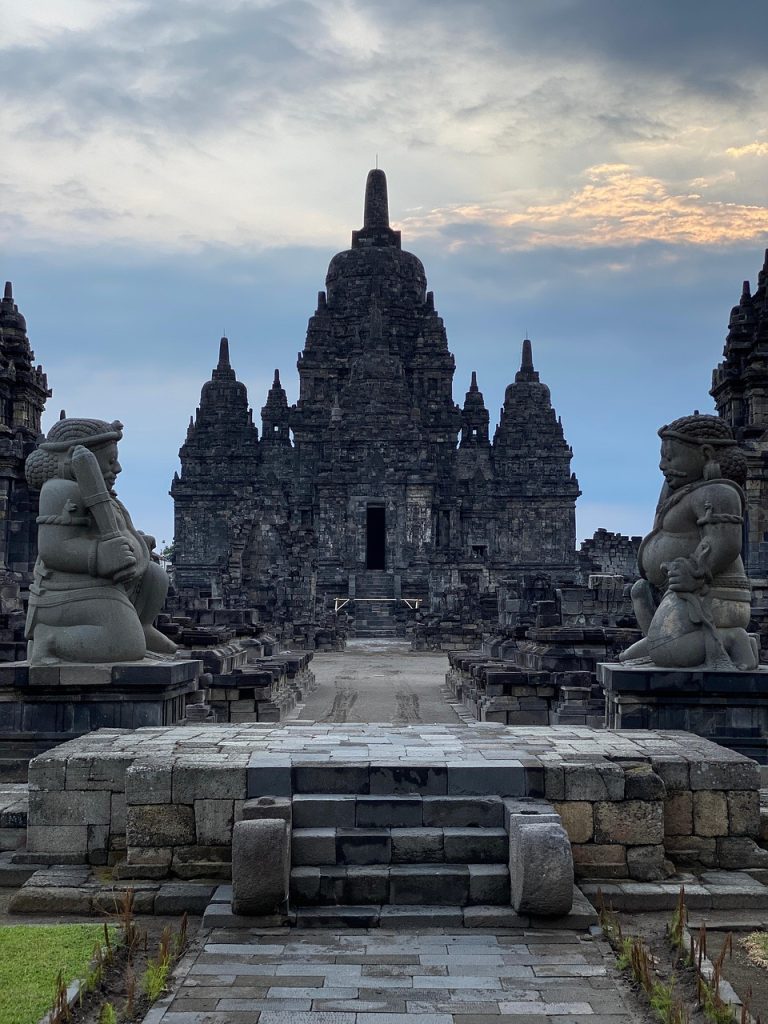
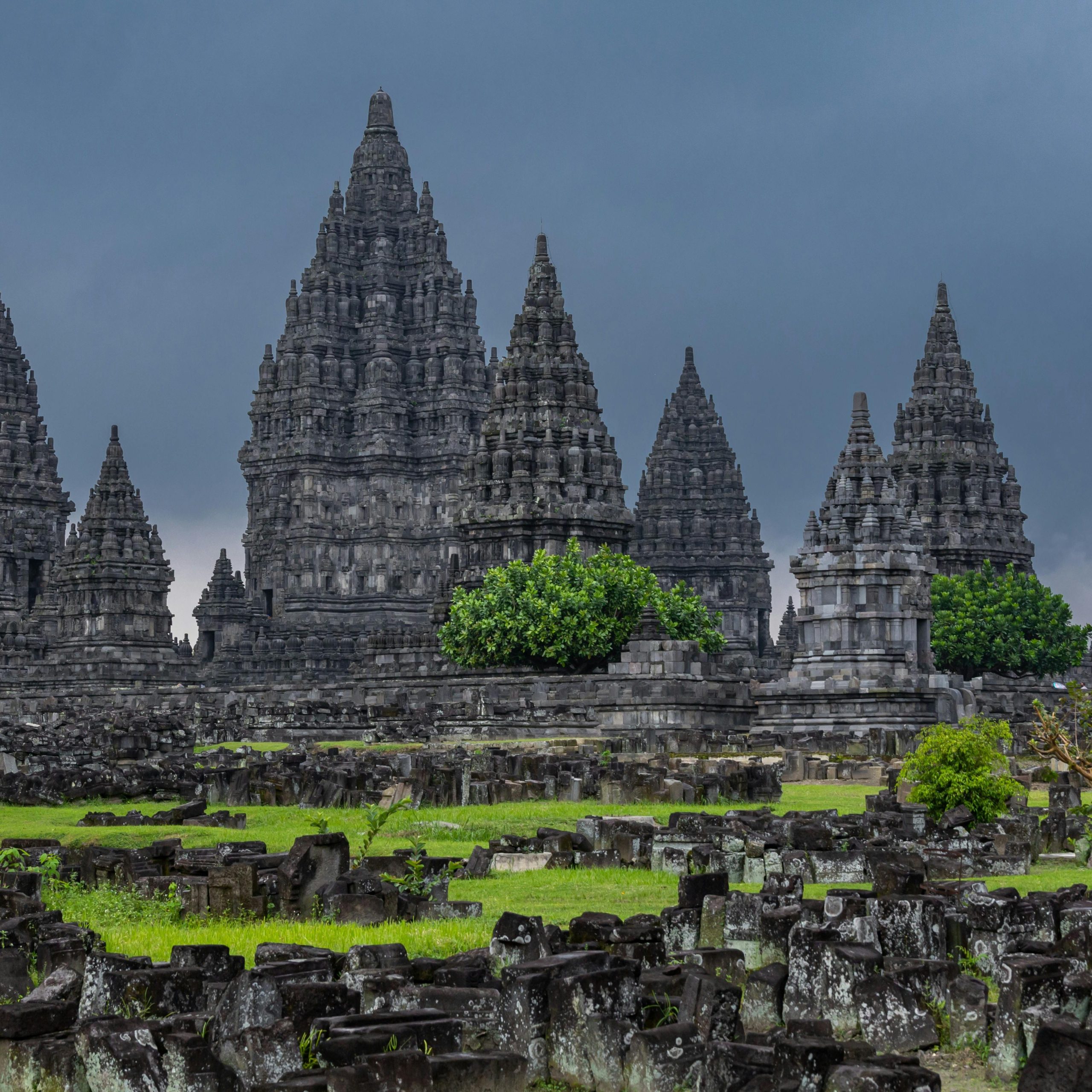
Travel Info
- What is Prambanan Temple?
Prambanan is the largest Hindu temple complex in Indonesia, renowned for its tall, pointed architecture and intricate stone reliefs telling the story of the Ramayana. It is a UNESCO World Heritage Site and a major cultural attraction in Java. - Who built it and whom does it honor?
Prambanan was built in the 9th century by the Sanjaya Dynasty of the ancient Mataram Kingdom. It honors the Hindu gods Shiva (the destroyer), Vishnu (the preserver), and Brahma (the creator) — the divine Trimurti. - When is the best time to visit?
The best time to visit is during the dry season from April to October, especially early in the morning or late afternoon to avoid the heat and crowds. The temple opens daily from 06.30 AM to 05.00 PM. You can also watch the Ramayana Ballet on select evenings at 7:30 PM. - Where is it located?
Prambanan is located about 17 kilometers northeast of Yogyakarta, in Sleman Regency, Special Region of Yogyakarta, Indonesia. It’s on the main road to Solo, easily accessible by various transport options.
- Why should you visit?
You should visit Prambanan for its impressive architecture, spiritual significance, and cultural experiences like the Ramayana Ballet. The temple complex is also near other historic sites such as Ratu Boko Palace and Plaosan Temple, making it ideal for a full-day cultural trip. - How do you get to there?
You can reach Prambanan by:- 🚗 Car or motorbike (30–40 minutes from Yogyakarta city center)
- 🚆 Train to Brambanan Station, then a short ride
- 🚌 Trans Jogja Bus route 1A to the Prambanan stop
- Entrance fees:
- Indonesian citizens: Rp 50,000
- Foreign visitors: Rp 375,000
Combo tickets with Borobudur Temple are available at a discount.
Location
.: The Story :.
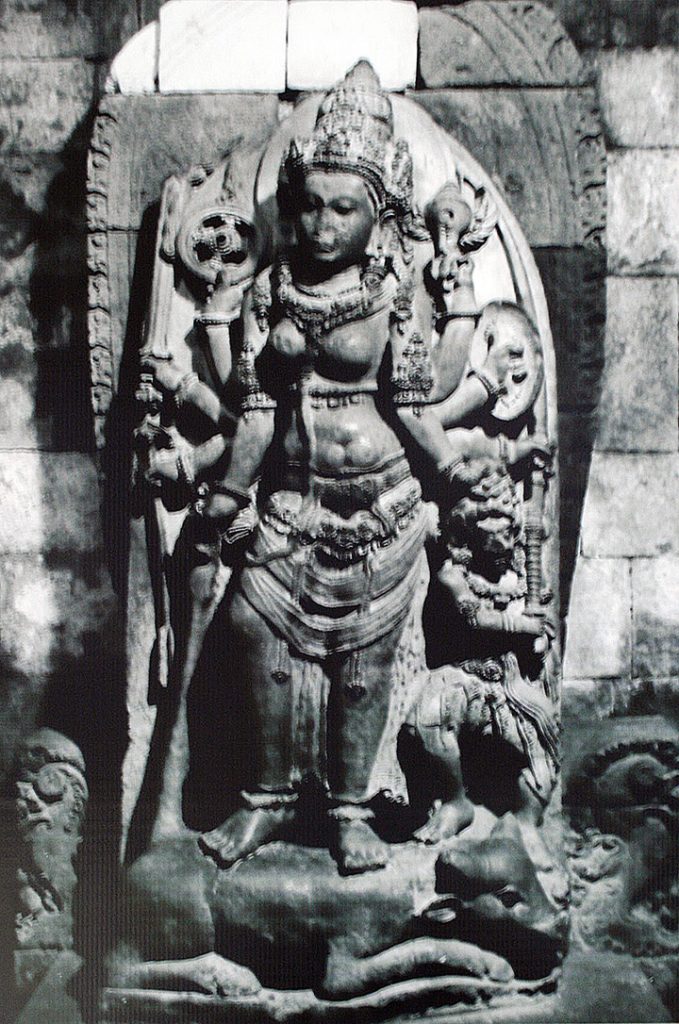
The Legend of Roro Jonggrang: Love, Betrayal, and Stone
They say this temple began with heartbreak. Roro Jonggrang, daughter of the defeated King Prabu Baka, was known across the land for her beauty. Prince Bandung Bondowoso, her father’s slayer, fell for her and demanded her hand in marriage.
To resist the union, Roro Jonggrang posed an impossible task: build a thousand temples in one night. With the help of supernatural beings, Bandung nearly succeeded. But Roro, desperate to stop him, tricked the spirits into fleeing by staging a false dawn with the help of village women pounding rice and lighting fires.
Only 999 temples were completed.
Furious, the prince cursed her, turning her into the final statue, completing the thousandth temple. Today, many believe she remains in stone as the graceful figure of Durga Mahisasuramardini in the northern chamber of the main Shiva temple.
Prambanan’s Historical Roots
Beyond myth, Prambanan Temple Complex, also known as Loro Jonggrang Complex, was built in the 9th century by the Sanjaya dynasty during a resurgence of Hinduism in Central Java. Some scholars believe it was constructed to rival the grandeur of the Buddhist Borobudur Temple, built earlier by the Sailendra dynasty.
A marriage between Rakai Pikatan (Sanjaya) and Pramodhawardhani (Sailendra) symbolized the union of the two dynasties, perhaps echoing the legendary romance of Bandung and Roro. This period of transition is carved in every relief, in every spire, the past carved into every stone.
Sacred Geometry and Cosmic Architecture
The temple’s design is a physical mandala, echoing the structure of the universe. At its heart are three main temples dedicated to the Trimurti: Shiva the Destroyer, Vishnu the Preserver, and Brahma the Creator, each flanked by a vehicle temple: Nandi the bull, Garuda the eagle, and Hamsa the swan.
The central Shiva temple, towering at 47 meters, represents Mount Meru, the cosmic mountain at the heart of Hindu cosmology. Every carving is deliberate. Every alignment, celestial.
Tales in Relief: The Ramayana in Stone
Walk along the inner walls of the Shiva and Brahma temples and you’ll witness the Ramayana, an epic etched in volcanic stone. The panels trace the journey of Prince Rama, his love for Sita, and the eternal struggle between good and evil.
Though Prambanan is a Shaivite temple, the inclusion of Vaishnavite texts reflects the spiritual openness of ancient Javanese Hinduism. Here, devotion was not dogma, but it was art, alive in narrative and nuance.
Festivals and Sacred Celebrations: Ramayana Ballet and Galungan

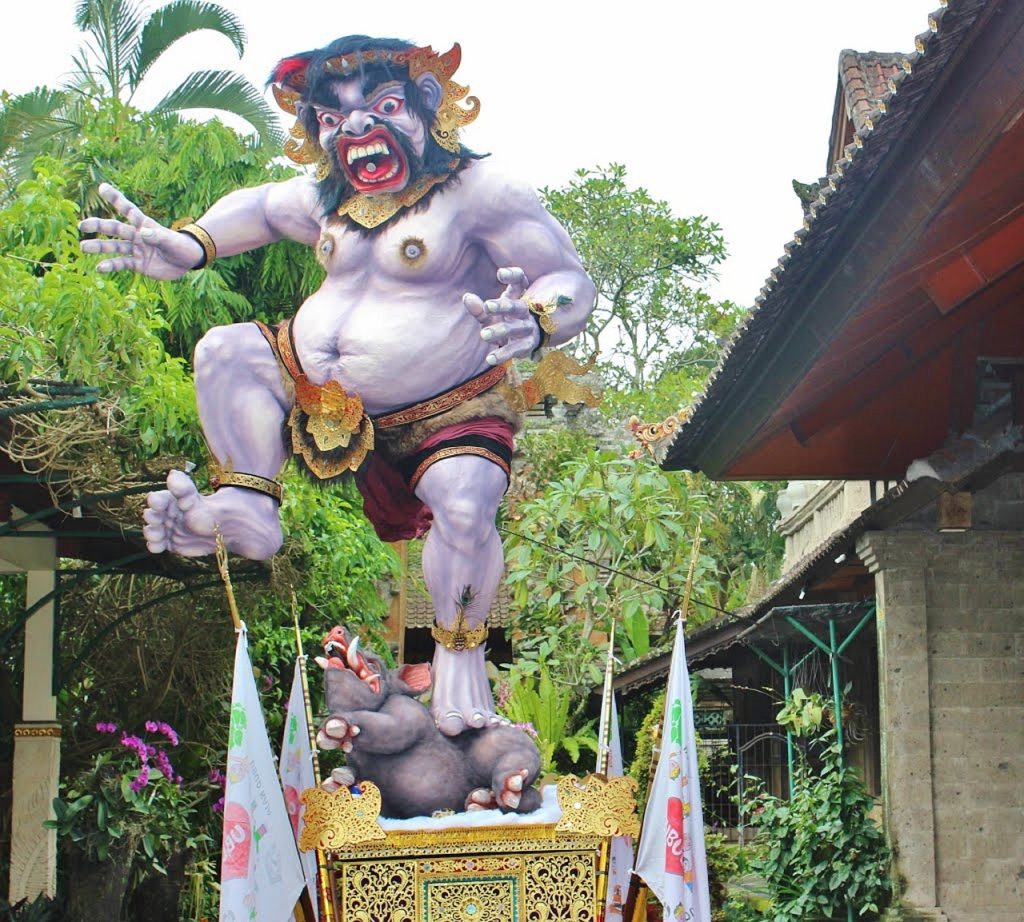
Today, Prambanan Temple Complex is not merely a relic, but a living space. On select evenings from May to October, the open-air Ramayana Ballet is performed against the backdrop of the illuminated temple. Dancers glide like spirits, the legend of Rama and Sita unfolding under the stars.
During Galungan and Kuningan, Balinese Hindus in Java gather at Prambanan, filling the temple with offerings and prayers. The festive energy brings Prambanan back to its origins, as a vibrant place of worship, of stories shared beneath the gods. In some years, the celebration includes the parading of ogoh-ogoh, towering, fearsome effigies symbolizing evil spirits, which reminding all of the eternal dance between chaos and balance.
Visit Nearby: Extend Your Temple Trail
Prambanan rests at the heart of a sacred landscape. But the magic doesn’t end there, venture outward, and you’ll find stories etched into quieter corners, waiting to be discovered.
- Candi Sewu: A vast 8th-century Buddhist temple just north of Prambanan, a quiet, often empty, hauntingly beautiful.
- Candi Plaosan: A blend of Buddhist and Hindu influences, known for its romantic aura and twin temples.
- Ratu Boko Palace: Perched on a hill, perfect for sunset and mystery. Legends tie this site to King Boko, Roro Jonggrang’s father.
- Candi Ijo: The highest Hindu temple in Java, offering panoramic views and a serene atmosphere.
Taste of Java: Local Food Near Prambanan
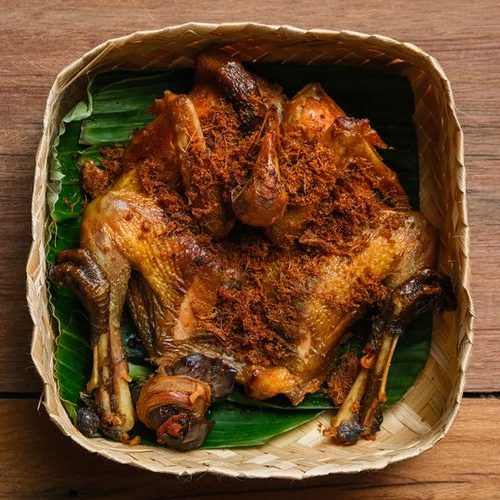
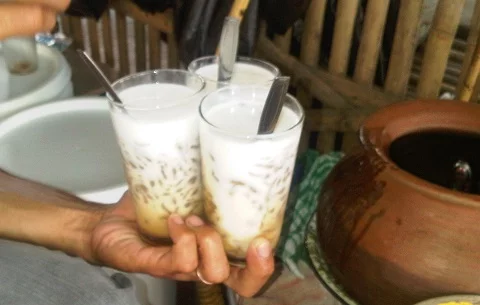
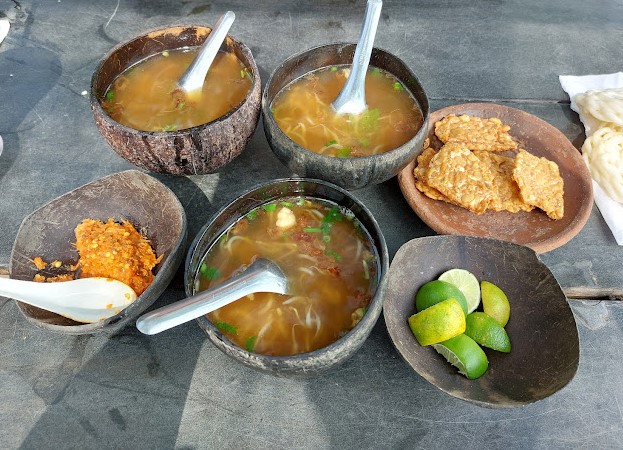
After your temple journey, nourish your body with local flavors:
- Ayam Goreng Kalasan—crispy, sweet, and seasoned to perfection. Best enjoyed with warm rice and fresh sambal
- Dawet Hitam—a black rice jelly drink served ice-cold with coconut milk and palm sugar syrup.
- Soto Bathok—a traditional Indonesian soup served in a coconut shell, featuring clear broth, shredded chicken or beef, vermicelli, and bean sprouts, topped with fried shallots and lime.
Extend Your Journey: Explore Yogyakarta and Beyond
Yogyakarta is more than a gateway, it’s a soul. Stay longer and dive deeper:
- Keraton Yogyakarta: The living royal palace, still home to the Sultan.
- Taman Sari: A water palace of mystery and love.
- Malioboro Street: Bustling with street vendors, batik shops, and night snacks.
- Mount Merapi: For those seeking the fire of the earth, Merapi offers a sobering yet awe-inspiring contrast.
- Borobudur Temple: The biggest Buddhist temple in the world.
Where to Stay?
Prambanan’s majestic towers rise with timeless elegance, and your stay can mirror that beauty. Discover eco-friendly accommodations near Prambanan that blend Javanese heritage with sustainable comfort. Read our recommendations here.
A Note From the Road✍️
As the sun dipped lower in the sky, the outer walls of Prambanan glowed with warmth, the scent of frangipani drifting through the air. A soft breeze moved the grass while temple spires rose against the horizon like unanswered questions.
No crowds, no camera clicks, only the calls of birds and the quiet turning of time.
These stones have stood for centuries, holding stories in silence. And often in travel, it is not the grand spectacle that lingers, but the quiet moments: a steaming bowl of soto, the smile of a vendor, the golden curve of a worn step.
Prambanan does not demand complete understanding. It simply invites presence; stillness, listening, and a kind of reverence that needs no words.

